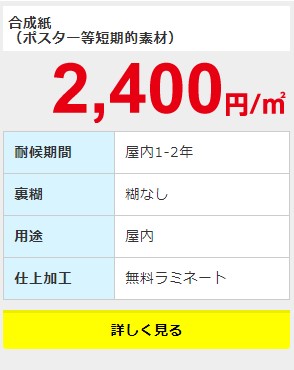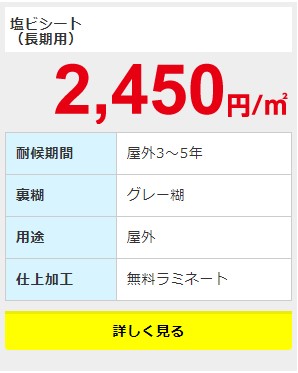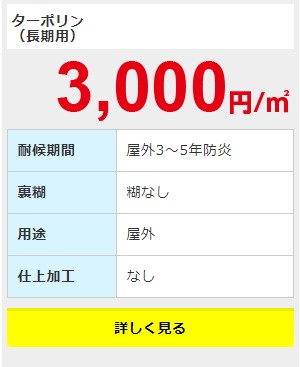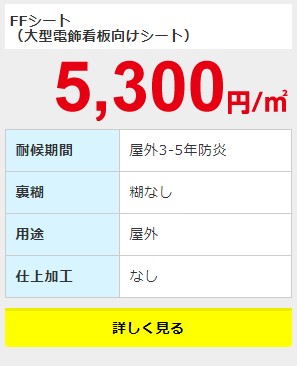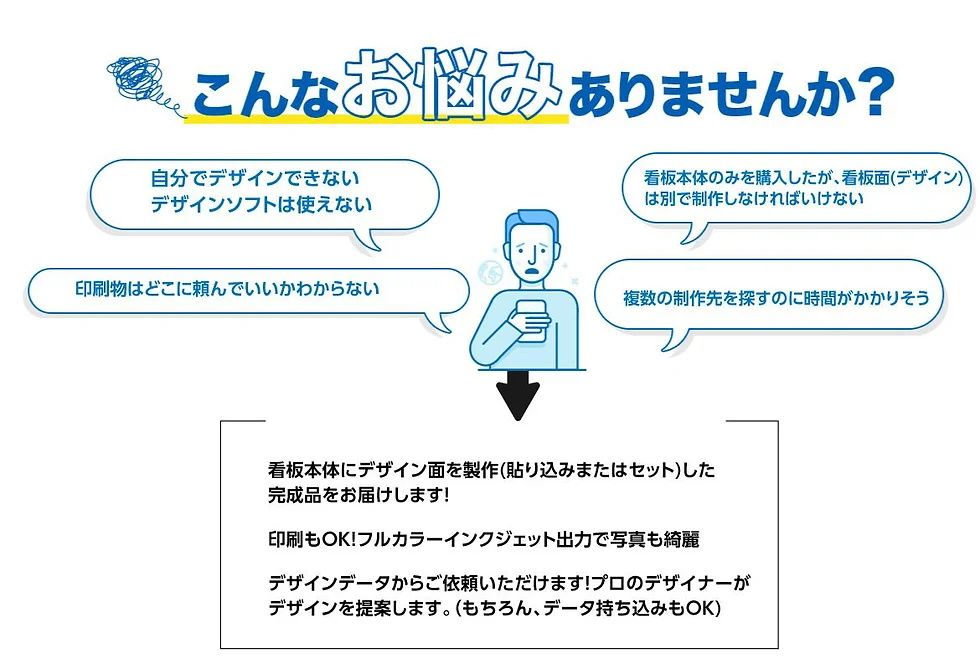If this sounds like you, see if you can lessen the amount of non-academic activities you are pursuing to use that time to focus on studying. It’s worth noting that the schools on this list aren’t the only institutions that students with this grade point average should consider. Many universities neglect to publish average GPAs due to high school variations, so do your research before ruling a school in or out. Different schools use different systems to convert your grades into your GPA. Sometimes they take the difficulty level of your classes into account, and sometimes all classes are treated the same. Keep reading to see how to translate all your grades into GPA-ready numbers.
Based on the tool above, you can see that you have a strong chance of being accepted to many colleges, but schools that are on the more competitive side may be out of reach. Here’s a calculator for you to see how much your GPA can improve in different cases. Choose your current grade level, and then choose your future grades up until college applications. We’ll show you how high or low your GPA can be, depending on your grades from now forward. A 3.2 GPA means that you’re mostly getting Bs and B+s in all of your classes.
What Does a 3.2 GPA Mean for College Admissions?
It reflects consistent academic performance, indicating good understanding and competence in the subject matter. This GPA is often considered a benchmark for many academic programs and scholarships, denoting above-average intelligence and diligence in studies. Let’s look at the top 10 Colleges across the US that accept the 3.2 score, choose the best ones from our list curated for students and parents. Keep in mind that the letter grade/grade-point conversion varies slightly across institutions. For example, some schools round grade-point numbers to a single decimal place.
Your GPA will most likely stay the same between now and senior fall when you apply to college, barring any extreme differences in your grades. While a 3.2 is a decent GPA, it’s not significantly higher than average and will put some limits on your college search and application process. More selective schools will probably be out of reach with this GPA, but you will still have plenty of options.
Improving a 3.2 GPA involves targeting higher grades in upcoming courses and possibly revisiting courses where you’ve scored lower, if permissible. Adopting effective study habits, leveraging academic support resources, and prioritizing time management are vital strategies for enhancing your GPA. However, remember that selective schools also consider internships, thesis work, and other elements of your undergraduate education.
- The best and most valuable way to determine how well you’re doing is to check your course grades regularly and meet with professors to discuss your performance.
- You can also start studying for standardized tests so that you end up with high scores that will improve your admissions prospects.
- When it comes to job opportunities, your college GPA may or may not play a large role in securing a position.
- Navigating Scholarship Eligibility with a 3.2 Grade Point Average Discover how a 3.2 GPA, indicative of solid academic performance, influences eligibility for scholarships and financial aid.
- If you’re responsible with your study habits next year and plan ahead for college applications, you have a solid chance of getting into a good school.
That said, college admissions committees average inventory defined know that GPA varies from high school to high school. Because of this variance, before computing a student’s AI, admissions committees will recalculate applicant GPAs using their own systems. CollegeVine’s Q&A seeks to offer informed perspectives on commonly asked admissions questions.
Opportunities for Scholarships and Financial Aid
Furthermore, for students aiming to enter the workforce immediately after high school or college, a 3.2 GPA demonstrates a commendable level of academic competence. Maybe you’re taking all the right classes at the right level of difficulty, but you don’t have time to study due to other commitments. This could be a lot of extracurricular activities, a demanding job, or even family responsibilities that you can’t ignore.
Is a 3.2 GPA good enough for college admissions?
For Ivy League and top-tier universities, where the competition is fierce, a GPA higher than 3.2 is usually required. However, many excellent colleges accept students with a 3.2 GPA, especially if they show strengths in other areas like sports, arts, or community service. In the US education system, a 3.2 GPA typically corresponds to an average grade of ‘B’, which is often represented as a percentage range of 83-86%. This conversion can vary slightly depending on specific institutional policies, but generally, a 3.2 GPA indicates a solid academic performance equivalent to about 85%. Some colleges give more weight to honors and AP classes, while others count only core courses like English, math, science, history, and foreign languages, eliminating electives from GPA. Admissions committees may also take a high school’s difficulty into account, such as whether a school is known for grade deflation or inflation.
High School GPA Calculator
There are colleges in the US that will accept you; however, if you’re looking to apply to more highly ranked and prestigious schools, a 3.2 GPA may pose an issue for you. If you improve your SAT/ACT score, you’ll be able to show colleges that you’re academically prepared for college. To elaborate, the national average for GPA is around a 3.0, so a 3.2 puts you above average nationally. Keep in mind the 3.0 national average represents all students, not just students applying to college, so the average GPA of students admitted to colleges is higher than the national average. Let’s work through a couple of examples to see how grade conversion works for a transcript that uses letter grades and one that uses percent grades. The most comprehensive study on average GPA by major comes from Kevin Rask, a professor at Wake Forest University, who examined GPA at an unnamed liberal arts college in the northeast.
Final Verdict and Advice
Every answer is refined and validated by our team of admissions experts to ensure it resonates with trusted knowledge in the field. Download our free guide on the top 5 strategies you must be using to improve your score. If you apply the strategies in this guide, you’ll study smarter and make huge score improvements.
Uncover insights into the types of scholarships accessible with this GPA and tips for enhancing your scholarship application. Initial job placements might consider GPA, but a 3.2 is generally acceptable in many industries, especially when coupled with internships, work experience, and strong interpersonal skills. Over time, work performance and experience play a more significant role in career advancement than GPA. If the colleges that interest you have a higher average high school GPA than a 3.2, you may want to consider increasing your GPA. In fact, we recommend trying to get your GPA as high as possible regardless as it will give you more of a competitive edge on your college turbotax discount 2021 application. Generally, a student’s GPA is good if it is competitive at the colleges they hope to attend.
Over the course of your junior year, you should work on improving your grades as much as possible and challenging yourself in your classes. You may not be able to change your GPA that much, but colleges will notice even small differences in your grades and the difficulty of your coursework. GPA, or grade point average, is simply the average of all the final class grades you received during your high school career. Since you’re a senior, it’s likely that you’ve already begun the college application process in some capacity. If you’ve done some research, you probably know that a 3.2 GPA limits your college search quite a bit. You still have a high enough GPA to be competitive at a range of schools, but more selective options may be closed off to you.
Prepare yourself well for the SAT or ACT so that you end up with impressive scores that will give your more options for college. Overall, you shouldn’t be too worried about the application process if you choose your colleges wisely. There are many good schools out there that will accept you with your current GPA. While college applications ask for a lot of information about applicants, your GPA is one of the more important data points. Each college has an average high school GPA for accepted students that prospective applicants can use as a gauge for whether their grades are high enough to meet the university’s standards. Hopefully the tools in this article gave you a good sense of your chances of admission at the schools where you plan on applying (or have already applied).
You can also start studying for standardized tests so that you end up with high scores that will improve your admissions prospects. Planning ahead for standardized tests will help you to reduce stress next year and avoid retaking tests too many times. If you’re responsible with your study habits next year and plan ahead for college applications, you have a solid chance of getting into a good school. In most high schools, a 3.2 is seen as a strong academic performance, indicating consistent achievement above the average level. For college admissions, especially in more competitive institutions, a 3.2 GPA might be on the lower end. However, it’s important to note that colleges also consider other factors like extracurricular activities, essays, and letters of recommendation.

















